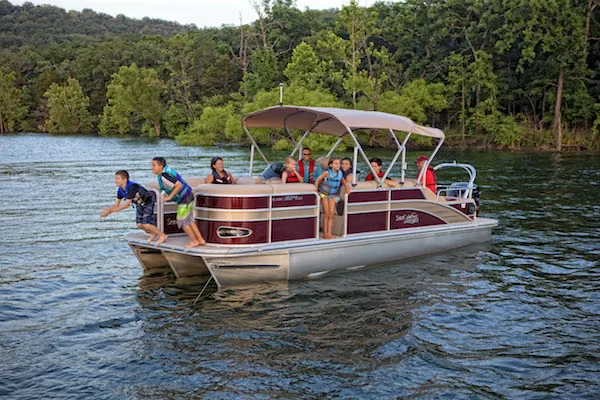Summer has officially begun, even if unofficially! Making sure your documentation and equipment are ready is essential before you get out on the water. You’ll be well-positioned for a prosperous and secure boating season if you make sure your equipment is in operating shape and has the necessary accessories. Here’s a thorough check list to get you going:
1. Valid Registration
Make sure your boat is registered. If you haven’t registered it yet, start with the MVC Application for Boat Registration. Proper registration is essential to avoid any legal issues on the water.
2. Display of Registration Numbers and Validation Decals
Make sure there is a gap between the NJ prefix, the four numbers, and the two-letter suffix when your registration number is presented correctly. On each side of the boat, the registration decal with the expiration date should be aft. Similar to this, the validation stickers need to be positioned three inches behind the State registration number on both sides of the boat.
3. Required Lights
Boats that are in operation at night are required to have navigation lights on from dusk until dawn. Verify that the lights you have are the appropriate size for your boat and that they are functional.
4. Flame Arrester
Any gasoline engine installed in a motorboat or other vessel after April 25, 1940, needs to have a flame arrester installed in the carburetor that has been certified by the U.S. Coast Guard. This is essential to averting possible fires.
5. Personal Flotation Devices (PFDs)
Every person on board or being towed must have a minimum of one wearable Type I, II, III, or V PFD that has been certified by the USCG. Examine your PFDs for rips or wear, and replace any that are not in good condition. Apart from canoes and kayaks, any vessel 16 feet or longer has to carry one throwable Type IV device that has been approved by the USCG.
6. Horn or Whistle and Bell
Make certain that your whistle or horn is functional. As needed, ensure sure you also have a functional bell.
7. Bilge Ventilation
It is required that your boat has a minimum of one exhaust duct that goes from the open atmosphere to the bottom part of the bilge and a minimum of one intake duct that goes below the carburetor air intake level or at least halfway to the bilge.
8. Visual Distress Signals
Verify the flares’ expiration dates and replace them as necessary. Using authorized visual distress signals is crucial for both compliance and safety.
9. Fire Extinguishers
Verify that your fire extinguishers are approved for use in maritime environments and observe when they expire. Any that are out of date should be replaced.
10. Operator’s License (Non-Tidal Water Only)
You must have a non-tidal boat license, sometimes referred to as a “BOAT” endorsement on your New Jersey driver’s license, if you want to boat on non-tidal waterways. Get your boat safety certificate, then make the necessary updates to your driver’s license.
11. Float Plan
A float plan should always be left with a reliable person on land. A float plan lists all of the passengers’ names, the itinerary, and the anticipated time of your return.
You can download a template from Float Plan Central.
12. Boating Safety Certificate
To operate any powered vessel in New Jersey, a boat safety certificate issued by the NJSP is needed. You have to finish the proctored exam and enroll in an authorized course. Check out BoatSafeUS for the class and exam schedule. Additionally, online courses are offered via Aceboater.com, Boaterexam.com, or Boat-Ed.com, after which there is a mandatory proctored exam.
You can make sure that your boat is prepared for the water and that you are in compliance with all safety requirements by using this checklist. Get ready today and have a wonderful, safe boating season!





